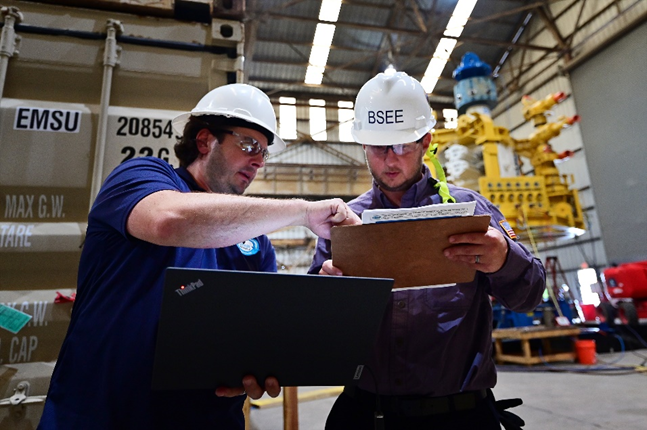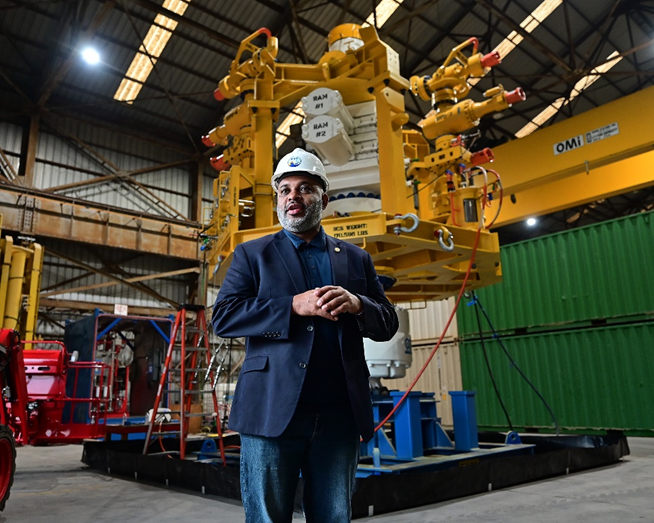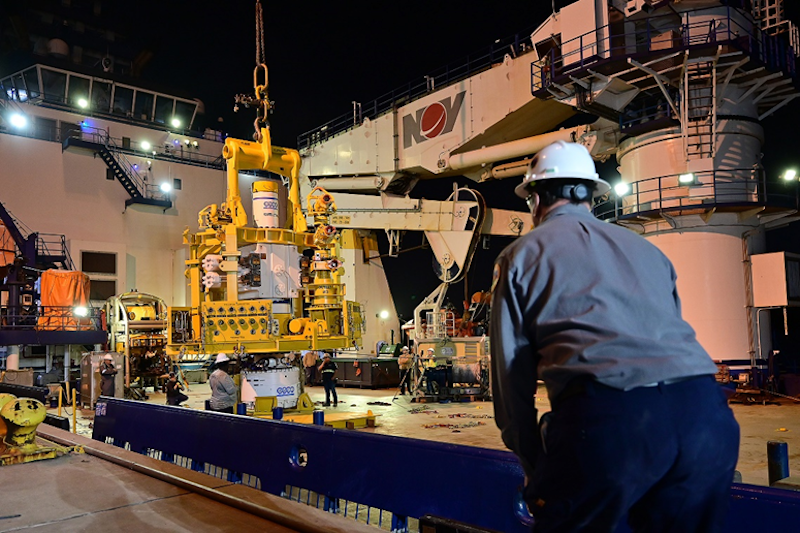The Bureau of Safety and Environmental Enforcement (BSEE) announced Tuesday it had completed two Gulf of Mexico equipment deployment drills to evaluate the oil and gas industry’s preparedness to respond to a subsea blowout.
Each of the drills lasted between three and five days and were mobilized by Beacon Offshore Energy (BOE) and Chevron, along with their mutual aid partners to deploy, and install equipment to cap a blowout in deepwater off the coast of Louisiana.
· BSEE initiated BOE’s drill on May 7, at 7 a.m., and concluded it May 10, at 10:40 p.m.
· Chevron’s drill was initiated on May 19, at 7 a.m., and concluded May 23 at 8:45 p.m.
During the two unannounced drills, BSEE required BOE and Chevron to each deploy a capping stack from their respective storage locations near Houston and Corpus Christi, Texas, to separate areas in the Gulf of Mexico, ranging from approximately 70 to 140 miles from shore. Once on-site, each operator lowered a capping stack onto a simulated well head on the ocean floor in about 6,000 feet of water, connected the capping stack to the wellhead, and pressurized the system to 12,500 lbs. per square inch to simulate well pressure.
“We are committed to ensuring the offshore oil and gas industry maintains the highest level of preparedness,” said BSEE Director Kevin M. Sligh Sr. “The initial results from these drills were successful, and we will evaluate lessons learned as we continually work to enhance safety in offshore operations.”
BSEE conducts regular, thorough inspections of source control equipment and observes required pressure tests annually. Unannounced deployment drills, such as the ones conducted this month, provide assurances that the equipment will perform as required while providing important training opportunities for offshore personnel.
A capping stack is a critical piece of source control equipment designed to shut off any oil flow from a well if other systems fail, such as the blowout preventer. Since the initial drill in 2012, experienced personnel in both industry and government sectors have turned over.
Also, the consortiums that provided contract access to the well containment systems have expanded their equipment inventories and updated internal procedures. As a result, in December 2022, Sligh directed the bureau to initiate two drills in 2023 to verify the industry’s readiness to deploy these assets quickly.
“The time was right to initiate these drills,” said Sligh. “We have provided a new generation of responders with the valuable experience and training to ensure they are prepared and ready, if needed.”
BSEE engineers, inspectors, and preparedness analysts were onsite throughout the two separate multiday drills, monitoring industry inspections and tests before the capping stacks journeyed offshore. While aboard the transit vessels, they evaluated the procedures firsthand as operators lowered the capping stacks to the seabed.
While initial observations indicate the drills met BSEE requirements for deploying source control equipment, BSEE will evaluate all aspects and results of the drills and make recommendations in a formal report later this year.
“Drills of this magnitude are proof our collaboration and vigilance is a shared commitment throughout government and industry,” said Gulf of Mexico Region Director Bryan Domangue. “The hands-on experience we have all gained cannot be understated. To physically deploy assets of this scale provides an unmatched understanding of the importance of readiness.”
“This is a remarkable achievement and a milestone for containment response,” said BSEE Oil Spill Preparedness Division Chief Eric Miller. “These types of drills reinforce government and industry efforts and capabilities to address and control oil flow from a damaged subsea well.”
Through its Oil Spill Preparedness Program, BSEE minimizes the impact of offshore facility oil spills by ensuring energy producers are trained, resourced, and response ready.
For more information about post-Deepwater Horizon reforms, visit BSEE.gov. Paul Barbre, right, a senior well operations engineer with BSEE’s New Orleans District, reviews testing procedures with a Beacon Offshore Energy contractor during a capping stack drill in Houston, May 8, 2023. The drill is designed to test industry’s ability to safely deploy source control equipment in case of an emergency. (BSEE Photo/Bobby Nash)
Paul Barbre, right, a senior well operations engineer with BSEE’s New Orleans District, reviews testing procedures with a Beacon Offshore Energy contractor during a capping stack drill in Houston, May 8, 2023. The drill is designed to test industry’s ability to safely deploy source control equipment in case of an emergency. (BSEE Photo/Bobby Nash) Kevin Sligh, BSEE director, addresses a crowd of BSEE responders, and Beacon Offshore Energy workers and contractors as they prepare to move a capping stack for a drill designed to test industry’s ability to safely deploy it in case of an emergency, in Houston, May 7, 2023. (BSEE Photo/Bobby Nash)
Kevin Sligh, BSEE director, addresses a crowd of BSEE responders, and Beacon Offshore Energy workers and contractors as they prepare to move a capping stack for a drill designed to test industry’s ability to safely deploy it in case of an emergency, in Houston, May 7, 2023. (BSEE Photo/Bobby Nash)




